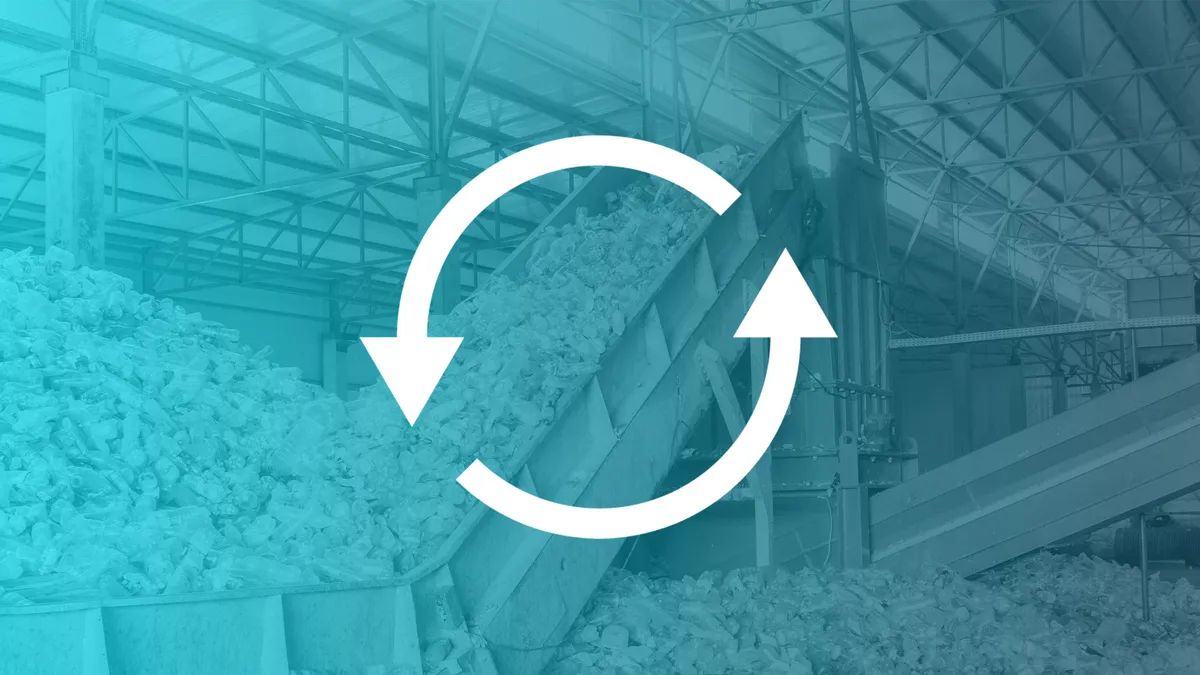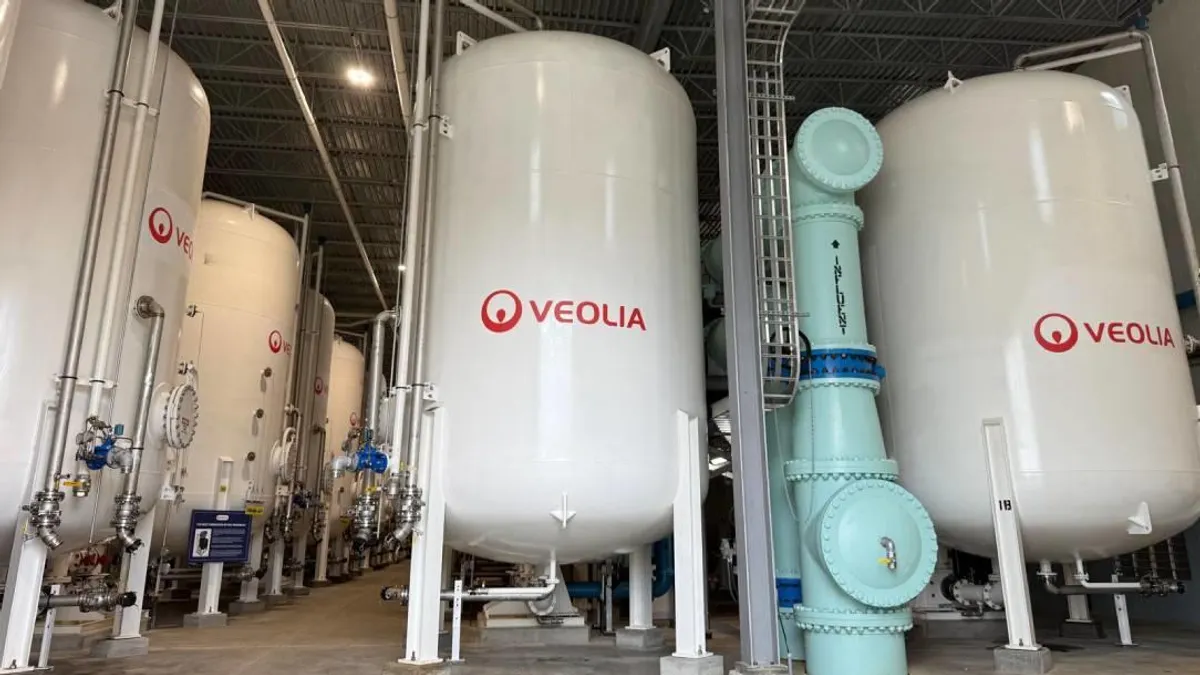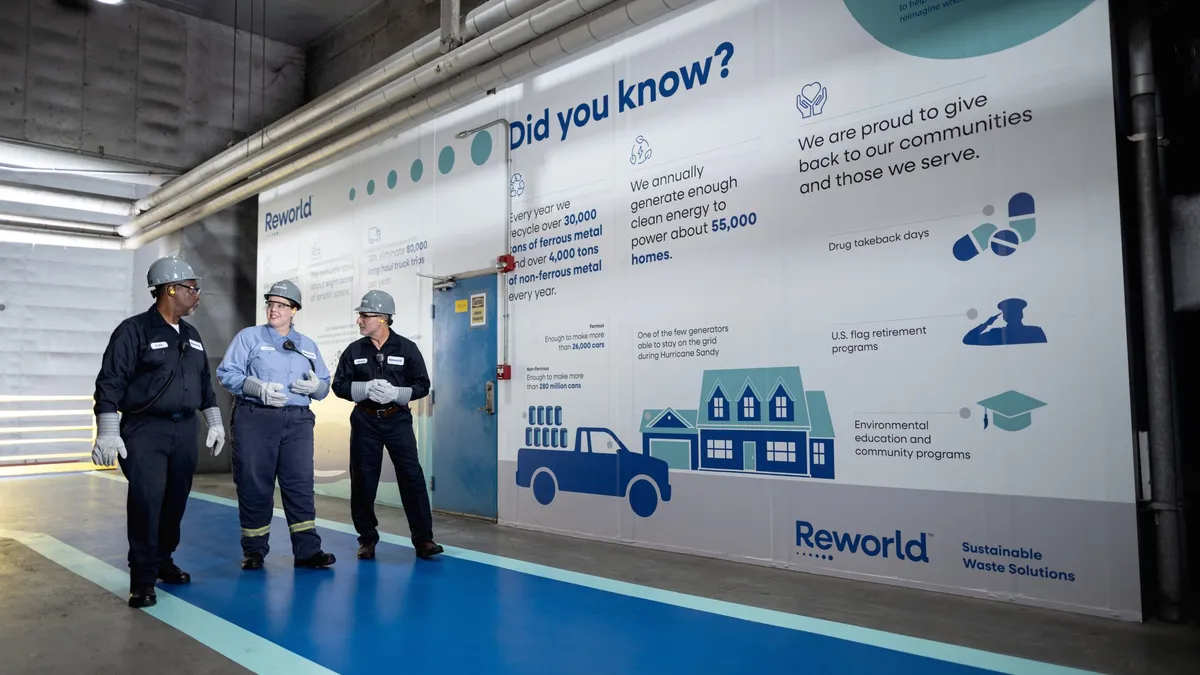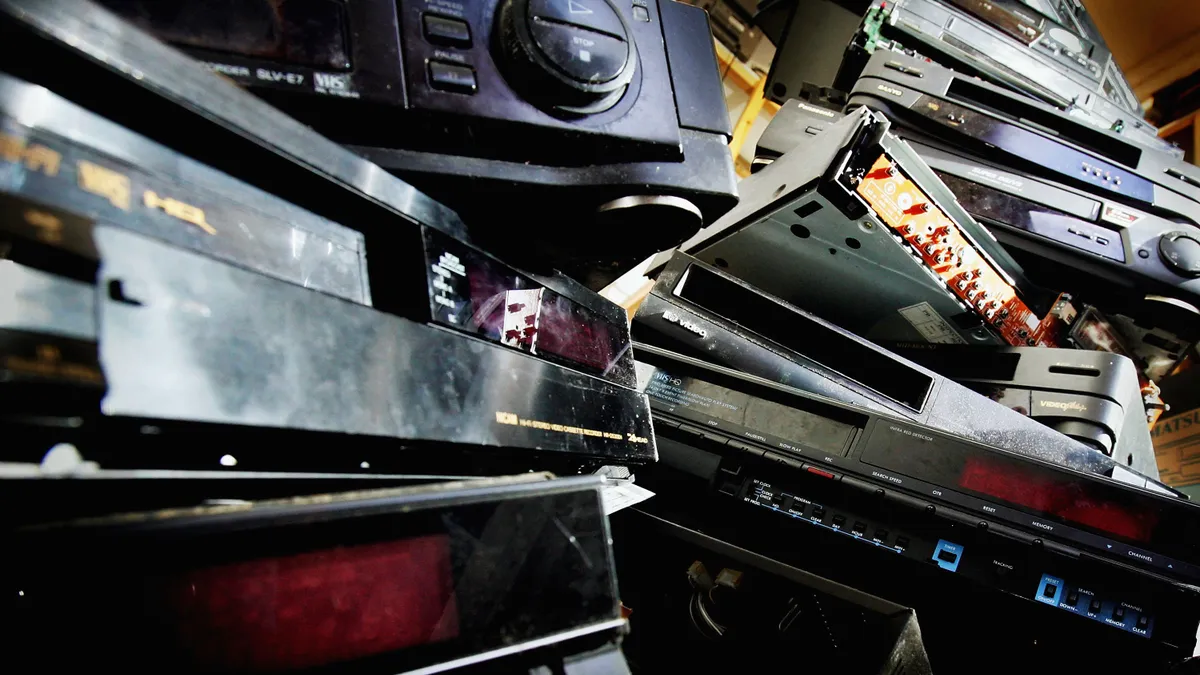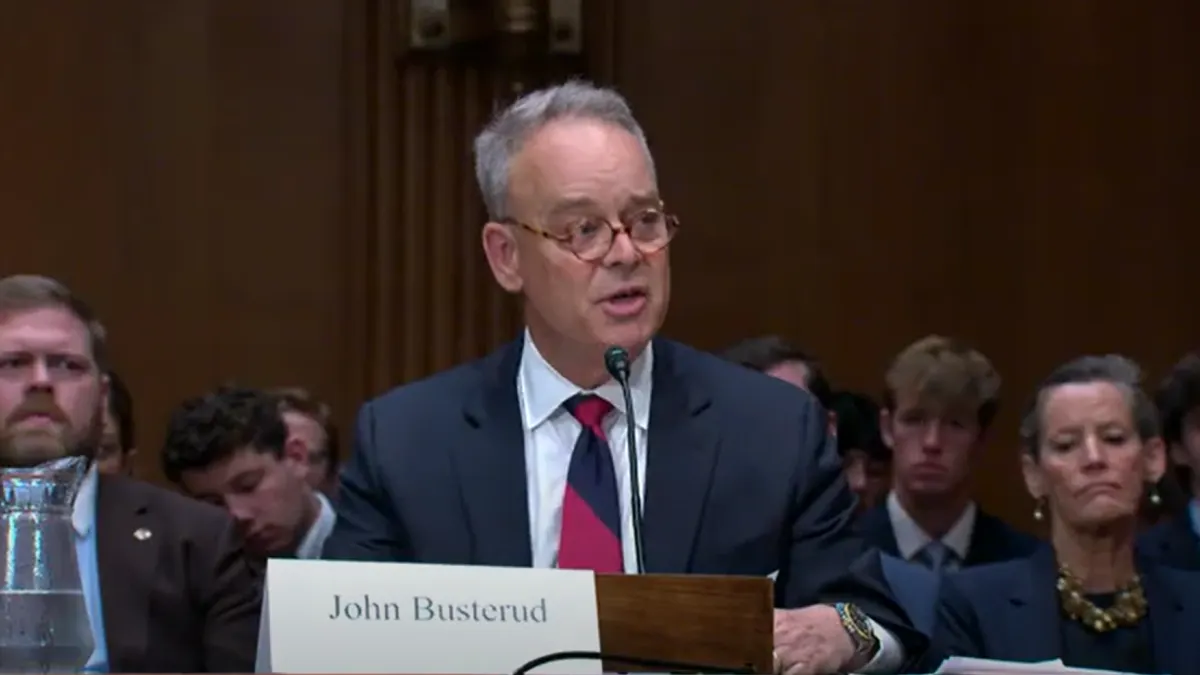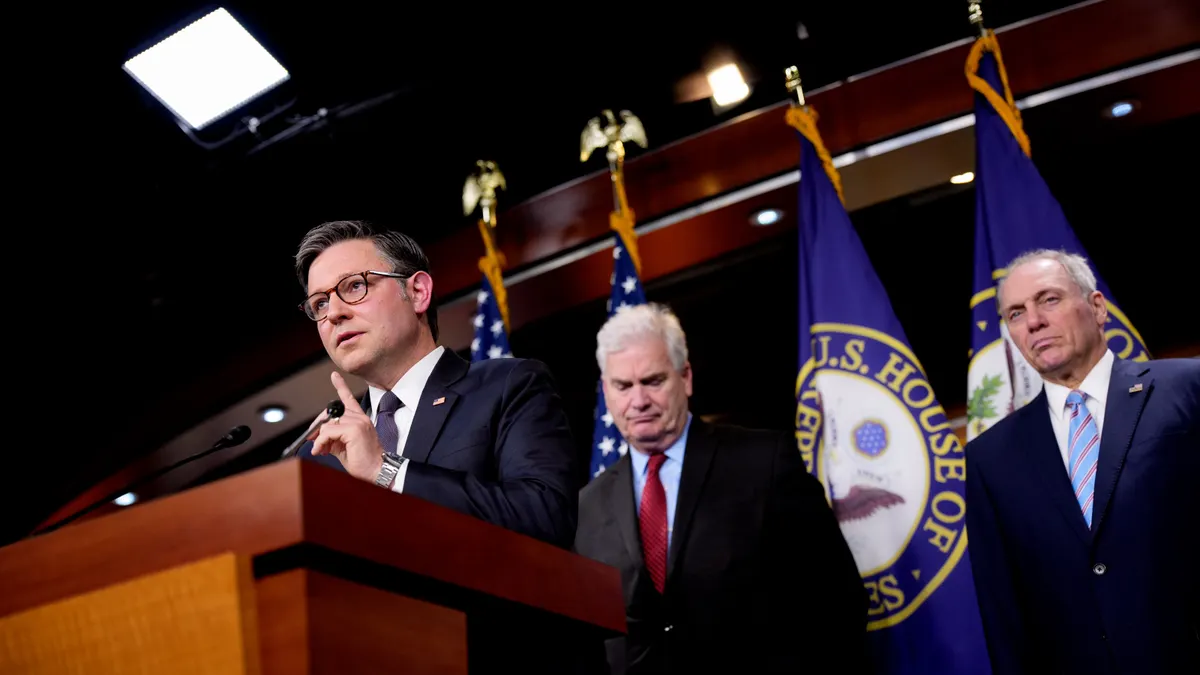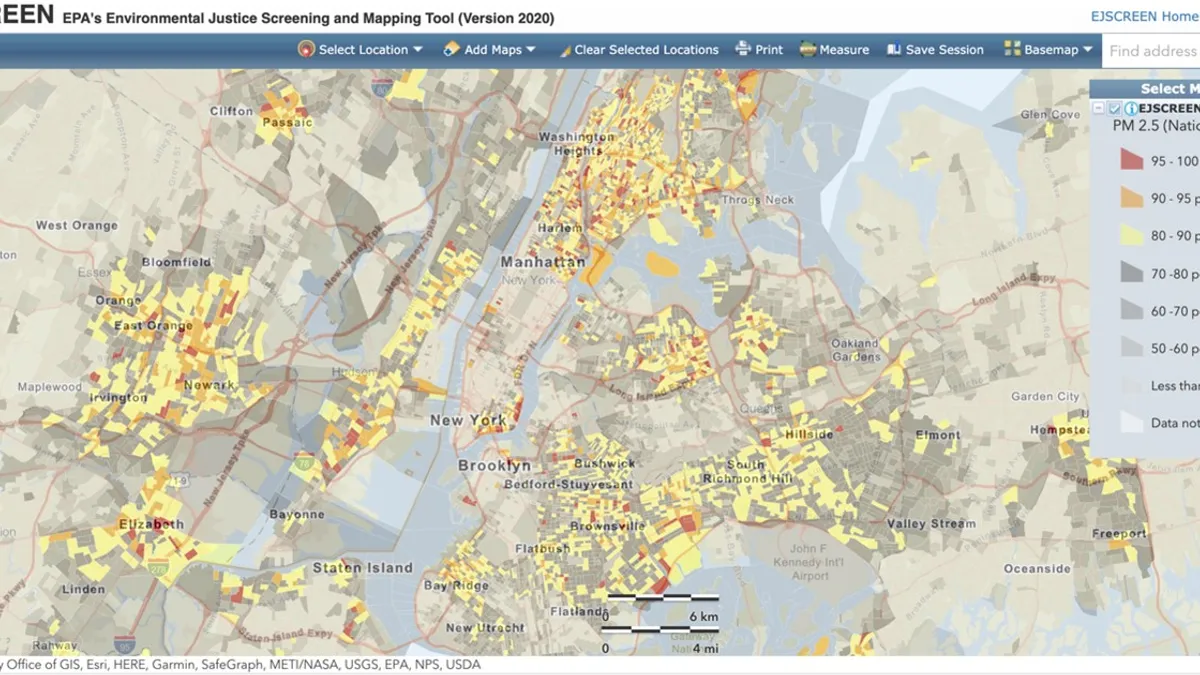The circular economy has gone from being more of a buzzword to a tangible business model in the U.S. over recent years, with a substantial uptick in investment and interest.
Closed Loop Partners and its Center for the Circular Economy is among the groups that have been tracking this shift, and facilitating efforts to scale up related business models. The group recently released a report entitled "The Circular Shift: Four Key Drivers of Circularity in North America" to assess progress so far and look at what may be coming next.
Written to be accessible for newcomers, the report is targeted toward professionals in the corporate and financial sectors, among others, with multiple case studies on the business implications. Its release comes as key groups are looking for ways to standardize policies and practices on a regional, national and global level. Attention is particularly keen around plastics, and Closed Loop Partners launched a new interactive tool this week to track plastic waste flows and available processing to infrastructure as a way to highlight the untapped potential for more circular supply chains.
Waste Dive recently spoke with Georgia Sherwin, report author and director of communications and strategic initiatives at Closed Loop Partners, to learn more. Sherwin previously worked at a number of start-ups, non-profits and social enterprise organizations, following an education in environmental sustainability.
The following interview has been edited
WASTE DIVE: Why did now seem like the right time to make this case around the circular economy?
GEORGIA SHERWIN: There's just this increasing urgency around plastic waste issues and climate change, and then the current issues at stake being compounded by the issues brought on by COVID. So I think it was a really important moment to take a step back and analyze the entire landscape in North America, and with particular focus on the U.S., as to what's going on in circularity and the circular economy. There's a great deal of momentum and there's a lot of activity. Also, we very intentionally released [this report] during Climate Week, because I think the connection between climate change and circularity specifically is a very, very important connection. We want to continue to build that connection, and make sure that people understand how the circular economy is really critical in fighting climate change and mitigating the risks brought on by that.
There has been circular economy interest for a while, but it does seem to have picked up quite a bit in the last handful of years. Do you pair that in part with the rising urgency around climate change, perhaps people trying to mitigate their own emissions or the emissions from their suppliers?
SHERWIN: I think it's kind of the perfect storm of a combination of factors. Certainly, I think the increasing action and visibility of climate change in the conversation in the U.S. is helping to drive this, but also I think single-use plastics have really galvanized the public around the outcry at waste levels. So that's also been another entry point to the circular economy, which really helps to look at the flow of resources and increase efficiency. It's underpinned by core tenets like resilience, which would ensure that materials are kept in play.
Reuse is listed as the top goal in the waste hierarchy, but I still don't feel like we hear that talked about at scale as often. For plastics in particular, what have you found happening there and what are some of the barriers to scaling that up?
SHERWIN: Reuse and refill models are definitely critical at Closed Loop Partners and we are working a lot in that space. We've made an investment in Algramo, which is really championing modern reuse systems. I think the public often might think about the bring your own container [trend] of the last 30 years. We're really pushing the forefront and the bounds of innovation in reuse. So there's a lot of models that are currently in existence that are being piloted and tested and iterated and honed to then be able to scale these systems; which are so important because you're reducing the extraction of virgin materials, by nature of a reuse and refill system.
Do you foresee any societal, practical or financial barriers to making that model maybe not as prevalent as the current consumption system, but at least larger than it is now? It can sometimes still be viewed as more of a niche thing, or a higher end option. Do you think there's really that commitment from some of the big brands and others involved to make this a much bigger part of how we consume packaging?
SHERWIN: I do, and I think you can see that market signal is definitely there already with a number of large brands doing pilots with reusable models. Earlier this year in February through our NextGen Consortium, which brings together Starbucks and McDonalds, we collaboratively and collectively were testing reuse models at local cafes in the Bay Area. I think there's a lot of interest there.
It's this critical test piece that is right now underway of continuing to hone these systems so that they can scale in large context. I think the point you make of accessibility is really, really critical and something we think about a lot. Algramo — one of our portfolio companies — is a real champion of a system that is both environmentally beneficial, but also economically beneficial. The way that their system works, it reduces the poverty tax.
It's a Chile-based company and [José Manuel Moller], who's the founder, saw how these small sachets and single-use packets are catering to lower income communities who can't afford to buy in bulk. And when you do buy in bulk you're able to get a better price point typically. The system they have is you can essentially get only exactly the quantity that you need, rather than being confined to either the large format or the small format. So they're no longer paying for the packaging, but simply the product.
At the same time there is a lot of interest and investment in modernizing mechanical recycling infrastructure. Do you see that as competing at all with goals to scale up reuse systems to change how packaging is handled at all?
SHERWIN: I think one interesting point that isn't talked about as much is the reuse system, depending on which company or which system that's in place, there's a material choice that's made. A lot of the ones we've worked with are still using plastic, but not single-use. They're highly durable, can be used multiple times, but they still have an end of life. Eventually they're still going to need to be recovered and we want to recover everything. We want to keep valuable materials in circulation. So I think mechanical recycling is still going to play a role. Advanced recycling will play a role. To go back to that waste hierarchy, there is no silver bullet. There's multiple solutions and multiple approaches to addressing what is a really vast waste challenge.
In the report, you lay out multiple tipping points of market-driven momentum happening. You also lay out the policy side as another way to move things forward. Are there certain areas where you think policy is really what will be needed to scale this up?
SHERWIN: So policy can play an important role in setting the vision and really educating people on the potential of the circular economy, and it's an important lever for incentivizing positive change ... We are just seeing more and more of it. One example is the single-use plastic bag bans, for example, we're seeing more and more of those get passed. It's one of those driving pressures that helps catalyze the shift towards the circular economy.
Do you get the sense that there is possibility for more regional and or national policy coming, or that a new presidential administration could change the pace of activity?
SHERWIN: We are just seeing generally a lot more action globally and locally, around circularity. The EU has their own directive specific to single-use plastics and that obviously represents a number of different countries. So I think there's an encouraging dialogue that's happening now that is introducing circularity language, and the concepts of recovery and reuse and recycling, that's great to see.
There's fundamental resource efficiencies that come out of the circular economy. It creates stable supply chains that are, from a market standpoint, beneficial. It's not just sustainable. It's also profitable. The circular economy is in essence keeping valuable materials in local manufacturing supply chains, and that provides social, economic and environmental benefits.
Do you get the sense that the focus during the pandemic on making supply chains more resilient, coming after the focus on improving domestic markets for recyclable commodities in recent years, will play a role?
SHERWIN: I think it's in essence shaken the status quo and now as a result we're seeing efforts to rebuild... There's also the "build back better" piece of this. I do think by shaking the status quo it's this moment for a reset, and it's an understanding that the circular economy is again aligning the interests of diverse stakeholders, and in doing so, addressing some of the challenges that the linear economy perpetuated.
The report also talks about the idea that a circular economy can be more inclusive and avoid some of the environmental justice issues related to how the waste stream has been generated or handled in the past. One critique I hear is that groups like yours and others are doing positive work, but it's mostly a lot of the same large companies from different sectors that are involved. Do you see a way to get more local groups, more small businesses, involved in a way they haven't been before?
SHERWIN: Yeah, I think it's hugely important that we do get everyone involved from the very beginning and I think if we're building a new system everyone needs a seat at the table. Education is critical, and self-awareness. As the circular economy continues to grow and develop it's about making sure that everyone's voices are heard, and that people understand how historically underrepresented communities have not been at the table. And we don't want that to happen again. So there's an important role that we all have to educate ourselves, and then to activate and work with policymakers to make sure their voices are heard. There's a number of different levers that we need to pull to ensure that they're part of the conversation.
What else do you think are key takeaways from the report for waste and recycling service providers, in thinking about creating a more circular economy?
SHERWIN: There is a lot of momentum in the states right now. There is an urgency to address numerous issues, including climate change, single-use plastics, accessibility, and now is the time to do it.
Collaboration and partnership is a critical tool to do that. And I think making sure that we're all talking to one another, and convening and working together on these issues is important. Through our Center for the Circular Economy, I'm very excited about the kind of groundbreaking partnerships of competitors that we're bringing together to solve for material challenges. [These] are really unique partnerships that are multi-year, and they go far beyond just sourcing new innovations, but really nurturing the companies and the solutions so that they're set up for success as we build out a circular economy.
Scaling the solutions of the future doesn't necessarily happen overnight, but it's important that we innovate, test and scale over time to really make sure that we are able to achieve lasting change.



